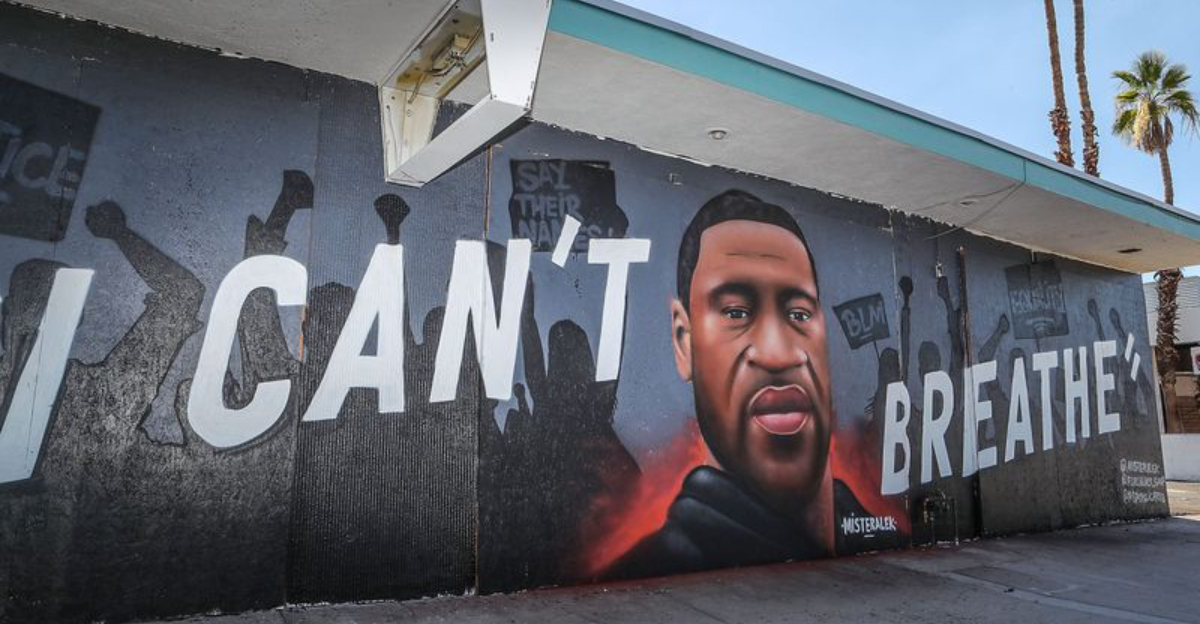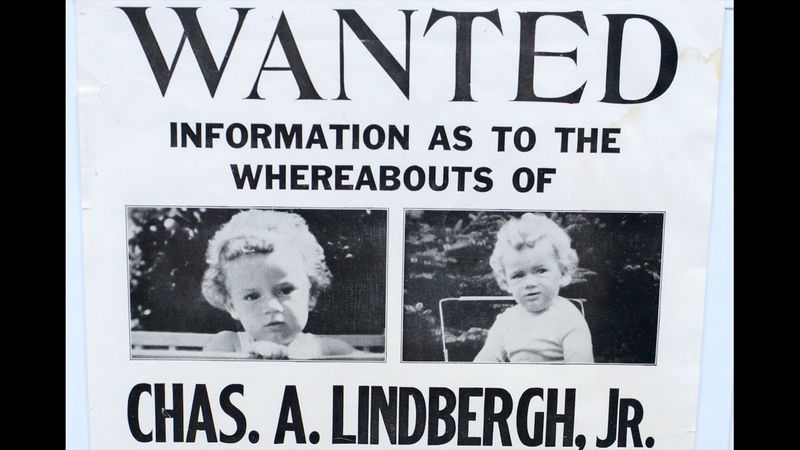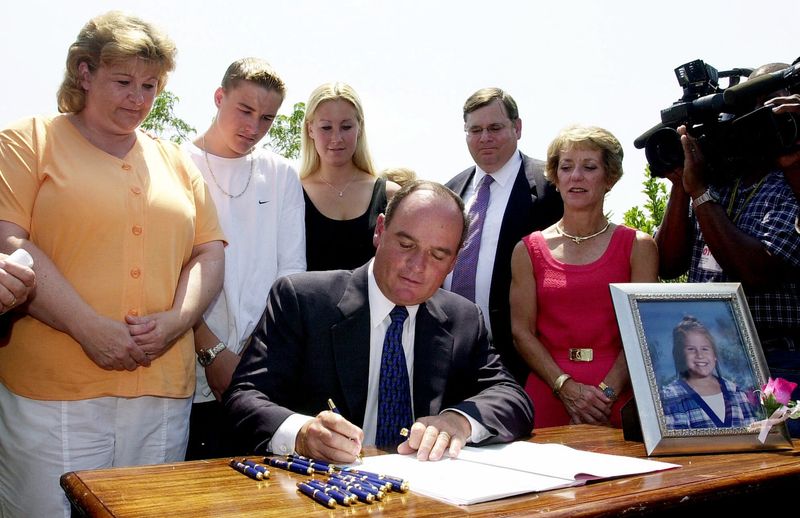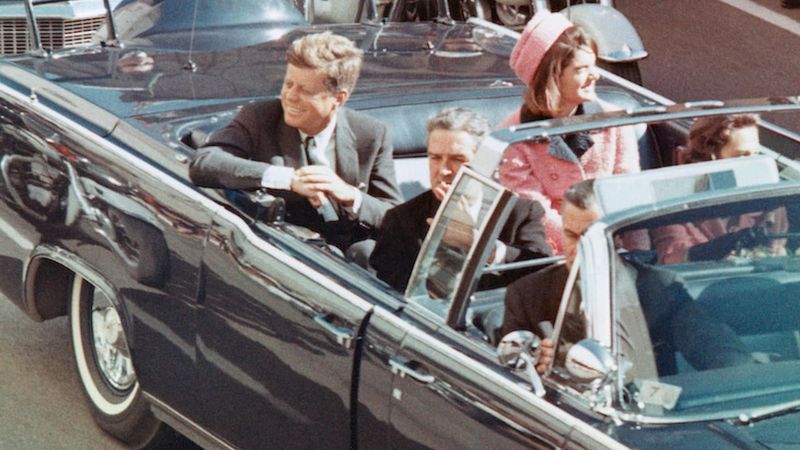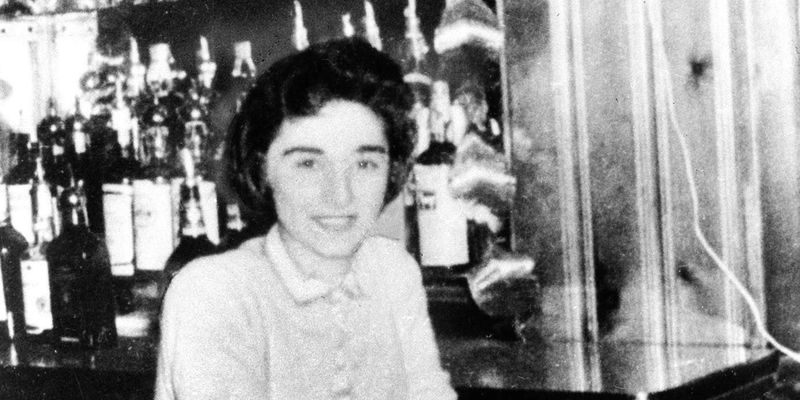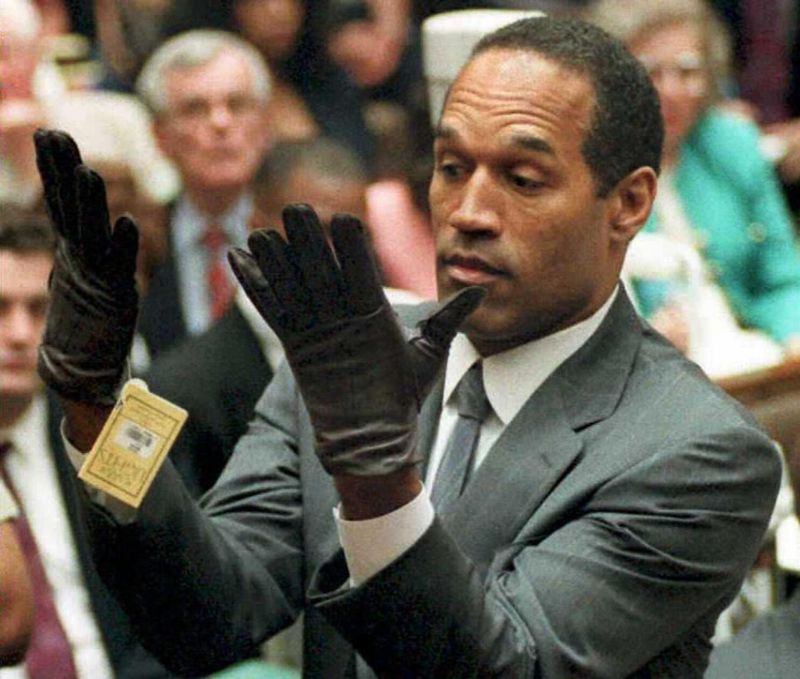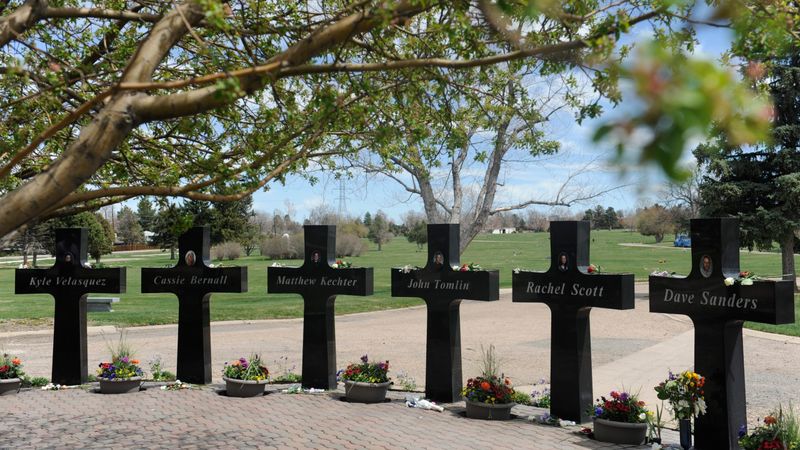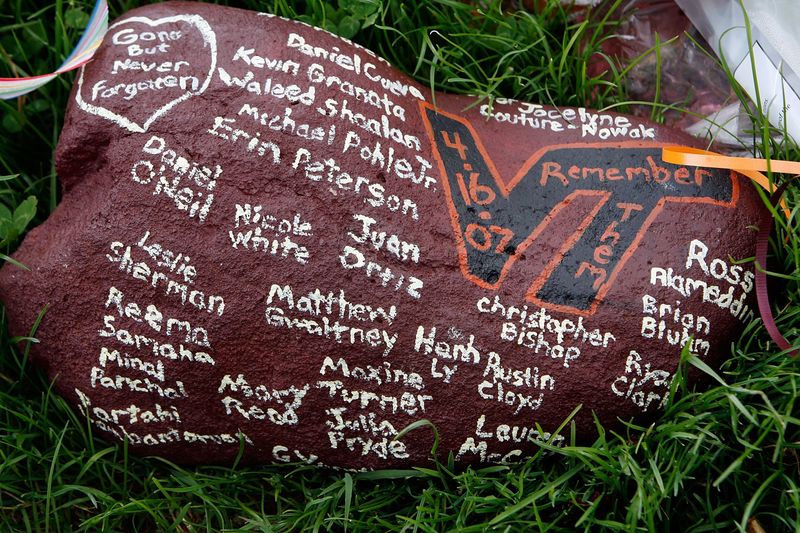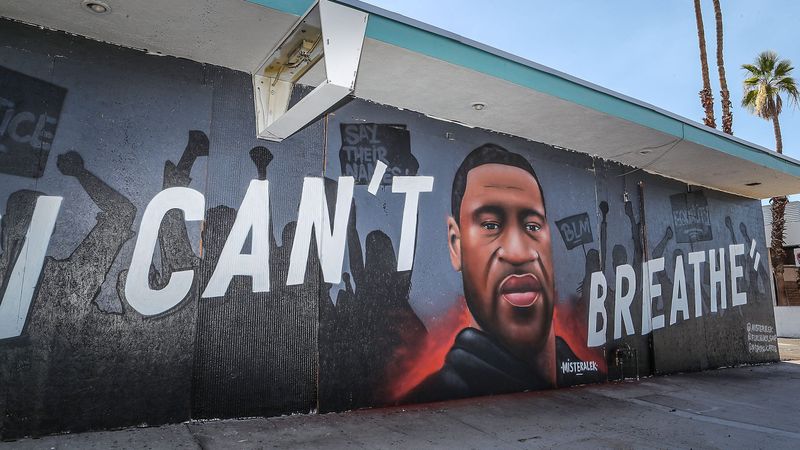Throughout history, certain crimes have not only shocked the nation but also prompted significant legal changes. From the tragic kidnapping of the Lindbergh baby to the modern-day implications of George Floyd’s murder, these events have led to the enactment of laws that aim to prevent similar tragedies in the future. This blog post delves into ten such crimes, exploring how each one catalyzed legislative reform. By examining these pivotal moments, we gain insight into how legal systems evolve in response to societal demands for justice and safety.
1. The Lindbergh Baby Kidnapping (1932) – Federal Kidnapping Act (Lindbergh Law)
The abduction of Charles Lindbergh’s infant son in 1932 horrified the nation. The public’s outrage was palpable as media coverage skyrocketed. Lindbergh, an American icon, found himself in the center of an unthinkable tragedy. In response, the Federal Kidnapping Act, also known as the Lindbergh Law, was enacted. This law made it a federal crime to transport kidnapping victims across state lines, hoping to deter such crimes. Did you know? The Lindbergh case also marked the first time the FBI was involved in a kidnapping investigation, shaping future protocols.
2. The Murder of Megan Kanka (1994) – Megan’s Law
Seven-year-old Megan Kanka’s tragic murder by a known sex offender in 1994 shocked her New Jersey community. This heinous act led to Megan’s Law, mandating public notification about sex offenders in local areas. Parents nationwide demanded greater transparency to protect their children. Megan’s legacy changed the legal landscape, ensuring communities are informed about potential dangers. This law was later adopted across all U.S. states. It remains a crucial tool in community safety efforts, especially for families. The case emphasized the importance of vigilance and awareness in preventing future tragedies.
3. The Assassination of President John F. Kennedy (1963) – Gun Control Act of 1968
President John F. Kennedy’s assassination in 1963 was a turning point in American history. This national tragedy, alongside other high-profile shootings, spurred the Gun Control Act of 1968. This law introduced stricter regulations on firearms, including restrictions on mail-order sales. Public demand for tighter gun laws grew as people sought to prevent similar acts of violence. The Act marked a significant move towards federal oversight in gun sales and ownership, aiming to curb firearm-related crimes. Did you know? This was one of the first major federal legislative efforts focusing on gun control.
4. The Kitty Genovese Case (1964) – 911 Emergency System & Good Samaritan Laws
The murder of Kitty Genovese in 1964 became infamous due to the lack of intervention by witnesses. Her death, observed by many who failed to act, prompted societal reflection on bystander responsibility. Consequently, the 911 emergency system was established, ensuring prompt public access to emergency services. Additionally, Good Samaritan laws were enacted to encourage individuals to help those in distress without fear of legal repercussions. Kitty’s case remains a stark reminder of the importance of acting in emergency situations. It’s a pivotal example of how inaction can drive significant social reform.
5. The Murder of Adam Walsh (1981) – Missing Children’s Assistance Act & AMBER Alerts
Adam Walsh, a 6-year-old boy, was abducted and murdered in 1981, leaving a lasting impact on U.S. child protection laws. His case led to the Missing Children’s Assistance Act and the creation of the AMBER Alert system. Parents across the nation were gripped by fear, demanding better mechanisms to locate missing children. Adam’s father, John Walsh, became an advocate for missing children, influencing significant reforms. The AMBER Alert system now plays a vital role in swiftly broadcasting information about abducted children, aiming to facilitate their safe return. This case underscored the need for robust child safety measures.
6. The O.J. Simpson Case (1994-1995) – DNA Evidence Standards
The O.J. Simpson trial captivated the nation with its drama and media frenzy. This high-profile case highlighted flaws in forensic evidence handling, particularly DNA analysis. The trial revealed inconsistencies in evidence collection and preservation, prompting a nationwide overhaul of DNA evidence standards. Laboratories tightened protocols to ensure more reliable analysis in future cases. Did you know? This was a watershed moment in forensic science, emphasizing the need for precision and accuracy in legal proceedings. The case remains a textbook example of how not to handle forensic evidence.
7. The Columbine Massacre (1999) – School Safety & Gun-Free Zones
The Columbine High School massacre in 1999 marked a dark chapter in American history, igniting debates on school safety. This tragic event led to the implementation of zero-tolerance policies and increased security measures in schools nationwide. Communities and lawmakers called for safe educational environments, free from violence. The massacre also fueled discussions about gun control and mental health support in schools. Columbine remains a symbol of the urgent need for preventive measures in educational institutions. Its legacy is seen in ongoing efforts to balance safety and learning in schools.
8. The Murder of Polly Klaas (1993) – Three Strikes Laws
Polly Klaas, a 12-year-old girl, was kidnapped and murdered by a repeat offender in 1993. Her death prompted California to enact the “Three Strikes” law, imposing life sentences on habitual criminals. The community’s grief turned into a rallying cry for stricter sentencing guidelines. The law aimed to deter repeat offenses by incapacitating persistent offenders. Polly’s case highlighted the potential dangers posed by repeat criminals and the need for robust legal frameworks. It remains a pivotal example of how a single crime can influence sweeping legislative changes.
9. The Virginia Tech Shooting (2007) – Mental Health Reporting for Gun Purchases
In 2007, a mentally ill student killed 32 people at Virginia Tech, highlighting gaps in mental health reporting. This tragedy led to reforms that included mental health records in federal background checks for gun purchases. The nation grappled with the balance between mental health privacy and public safety. Lawmakers responded by strengthening background check systems to prevent firearms from reaching those with severe mental health issues. Did you know? This shooting remains one of the deadliest in U.S. history, prompting ongoing debates about gun control and mental health.
10. The Murder of George Floyd (2020) – Police Reform & Use-of-Force Laws
George Floyd’s murder in 2020 sparked global protests and a re-evaluation of police practices in the United States. His death, captured on video, led to calls for justice and systemic reform. In response, states enacted laws banning chokeholds and requiring greater police accountability. Floyd’s case became a rallying point for the Black Lives Matter movement, emphasizing the need for racial equity in law enforcement. The resulting dialogue continues to influence nationwide discussions on police reform. Did you know? Floyd’s death became a catalyst for global movements advocating for social justice.
